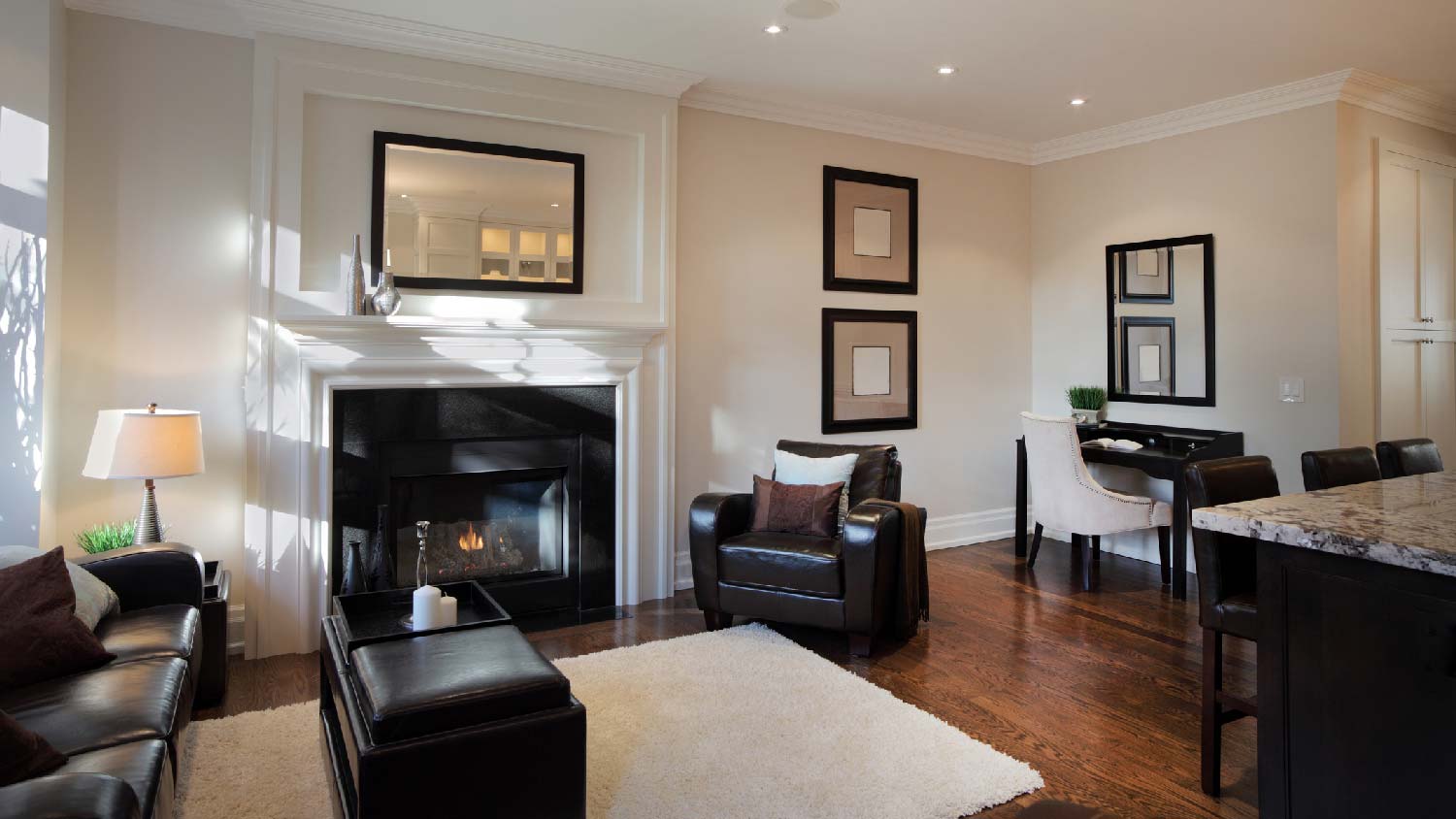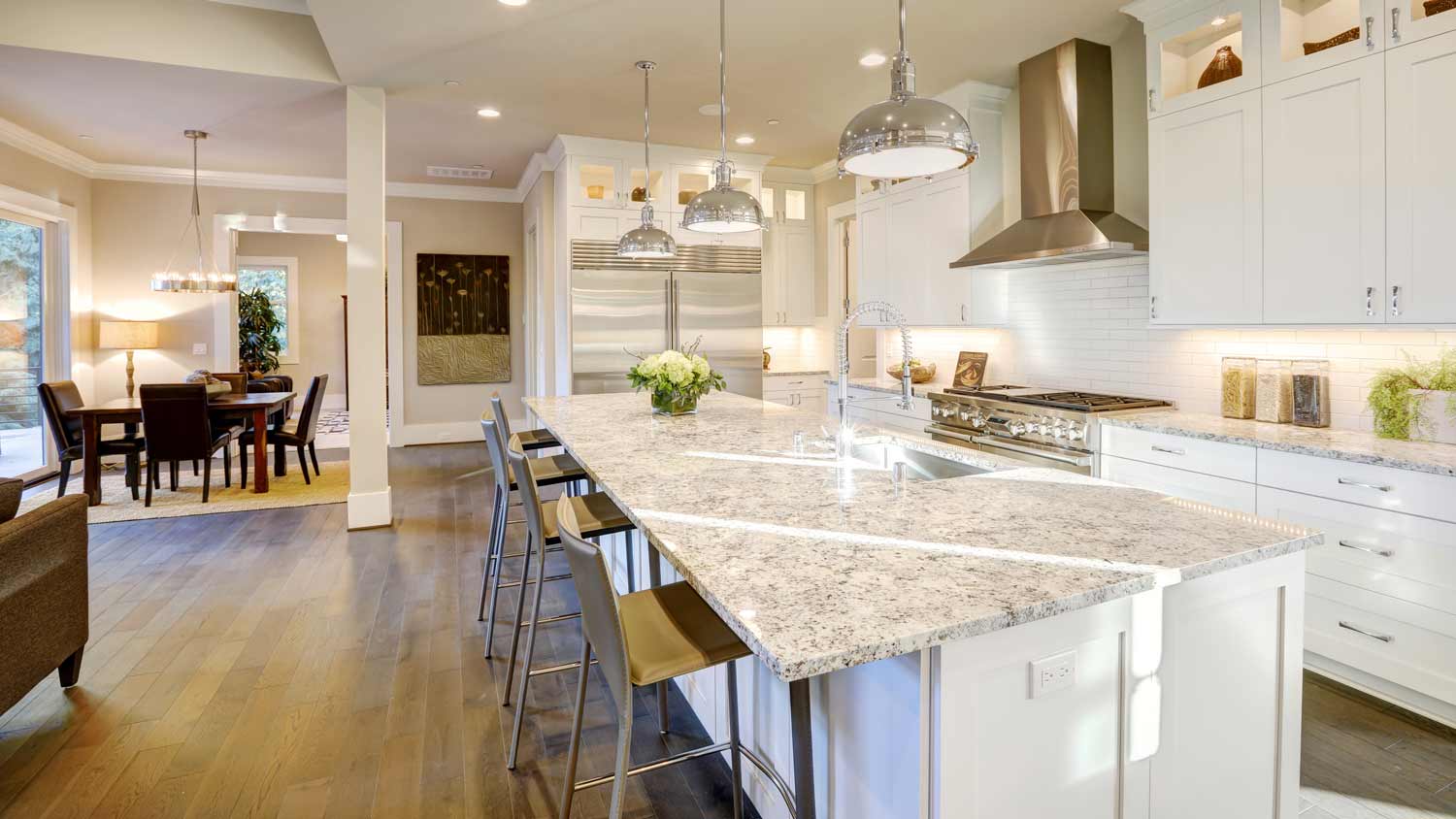
Get transparent light fixture repair cost info. Learn what impacts price, compare repair vs. replacement, and find ways to save.
A little light can make a big difference


Can lights and wafer lights are two of the most popular types of recessed light fixtures.
Can lights have a higher up front cost and a more complex installation process.
Wafer lights are cheaper and easier to install but need replacing when the bulb dies.
Can lights and wafer lights look aesthetically different.
Say goodbye to bumping your head on hanging lighting fixtures: Recessed lighting fixtures have quickly become one of the most popular types of lighting for interior decor. For many years, the most common type was can lights, where the bulb is housed in a can that goes up into your ceiling. But more recently, LED wafer lights (sometimes called canless lights), have presented a lower-profile option. So, it comes down to wafer lights versus can lights, which of these two fixtures is the right one for you? Let’s break it down.
While can lights and wafer lights generally serve the same purpose, they also have distinct differences that might make one more suitable for you than the other. Here’s a breakdown of can vs. canless recessed lighting at a glance:
| Type of Difference | Wafer Lights | Can Lights |
|---|---|---|
| Common Sizes | 3”, 4”, 5”, 6” | 4”, 5”, 6” |
| Installation Process | Simpler | More complex |
| Bulb Types | LED | Any |
| Cost Per Fixture | $15 – $130 | $100 – $480 |
| Replacement Cost | $15 – $130 | Cost of a new bulb |
| Average Life Span | 30,000 – 50,000 hrs. | Depends on bulb type |
In the debate between these two types of recessed lighting, there are many factors to consider. One important difference is appearance, which is naturally a big concern when it comes to lighting your space.
Canned lights are most commonly seen with an internal diameter of 4-inch, 5-inch, or 6-inch. This means that the fixtures are fairly wide and will be somewhat noticeable, especially when you compare them to the smaller available sizes of LED wafer lights. Canless wafer lights require less hardware in general, so it’s common to see them as small as 3 inches across. Wafer lighting fixtures are also available in sizes 4-inch, 5-inch, and 6-inch.
Wafer lights diffuse more light, making for more even lighting coverage across an entire room. Can lights (especially if using CLF, halogen, or incandescent bulbs) tend to offer more direct light, almost creating a soft spotlight effect on whatever they’re pointed at.

Whether you’re planning to learn how to install recessed lights yourself or hire a lighting professional, it’s worth considering the differences in installing these two types of light fixtures.
Can lights are housed within, you guessed it, a can. This cylindrical container protects the bulb from damage and creates a low-profile look. However, it’s a bit more involved to install a can light—you’ll need to cut the right-sized hole in your ceiling and install the can (which is several inches tall) before you can hook up the electricals and finally screw in a bulb. So, it might be a good idea to hire a local lighting installer for this job.
Conversely, it’s quite simple to learn how to install canless recessed lights. You only need a couple of inches of space in the ceiling to fit a small box above the main housing. Once this is installed, it’s just a matter of clipping the light itself in and wiring everything up.
Because of their compact size, wafer lights are only compatible with LED lights. Canned lights, on the other hand, can accept any kind of light bulb, including compact fluorescent lamps (CFLs) and old-fashioned incandescent bulbs. If you’re particular about what kind of bulb you use in your home, a canned light might be the right choice for you.
One major downside of LED wafer lights is the fact that you can’t change only the bulb when it burns out. While LEDs have a very long life span, that doesn’t change the fact that you’ll need to replace the entire fixture when that life span ends. As for can lights, you can thankfully unscrew the burnt-out bulb and replace it as normal, without having to learn how to remove can lights just to get the job done.

Whether you’re simply redoing the lights at home or are in the midst of a full build or renovation, cost is a huge factor to consider. Here are the top factors of recessed lighting installation cost:
Because of their simple design, LED wafer lights tend to be quite inexpensive as far as upfront costs go. You can expect to pay between $15 and $130 per wafer light fixture, depending on the aesthetics, light quality, and life span that you’re looking for. Can lights tend to be a fair bit pricier, with costs ranging from $100 to $480 per fixture.
Initial costs aren’t everything—you should also look at the life span of each fixture and factor that into your budget. Wafer lights use LED, which can have a life span of 30,000 to 50,000 hours of use. This translates to about 4 to 6 years of continuous use.
Can light fixtures should last indefinitely, though you’ll have to deal with the life span of whatever bulb you choose to use. Old-school incandescent bulbs only last for about 1,000 hours, and CFL bulbs last about 10,000 to 15,000 hours.
One major advantage of can lights over LED wafer lights lies in replacement costs. As we mentioned, a burnt-out LED wafer light means you’ll need to pull the entire fixture out and replace it. This is an additional cost of $15 to $130 per fixture you need to change. Granted, it will be a long time before your LEDs burn out, but you’ll still need to deal with this cost eventually.
Conversely, can light bulb replacement is quite inexpensive, depending on the bulbs you’re using. Incandescent bulbs can be as cheap as $1.25, while LED standalone bulbs only cost around $2.50 each. This might make up for the higher up front costs of installing the can light fixture itself.
Installing wafer lights yourself can be cost-effective and easier to do, primarily because they are surface-mounted. However, for less experienced DIYers, proper wiring and avoiding ceiling damage can be challenging.
On the other hand, can lights, or recessed lights, require more expertise. These lights are often installed before the ceiling drywall is up, and if not, they require some skill to cut into the ceiling accurately and adequately.
In either case, hiring a professional ensures correct installation, compliance with electrical codes, and safety. Pros can handle complex tasks like wiring and fitting in tight spaces, reducing the risk of errors. While DIY saves money, hiring a pro offers assurance and a polished finish.
From average costs to expert advice, get all the answers you need to get your job done.

Get transparent light fixture repair cost info. Learn what impacts price, compare repair vs. replacement, and find ways to save.

Discover the average cost of lighting design, including price ranges, key cost factors, and tips to help homeowners budget for their lighting project.

Discover the average wall sconce installation cost, key price factors, and tips to save on your lighting project. Get transparent, expert-backed cost info now.

Lighting aisle feeling overwhelming? This article explains the different types of light bulbs, watts, lumens, shapes, sizes, colors, and more.

Learn how much a light costs a year, so you can learn how to calculate the annual price for light fixtures and decide on the right bulbs for your home.

Dive into track lighting types to find one that fits your space! We’re bringing the pros and cons of the most popular styles so you can make an informed choice.